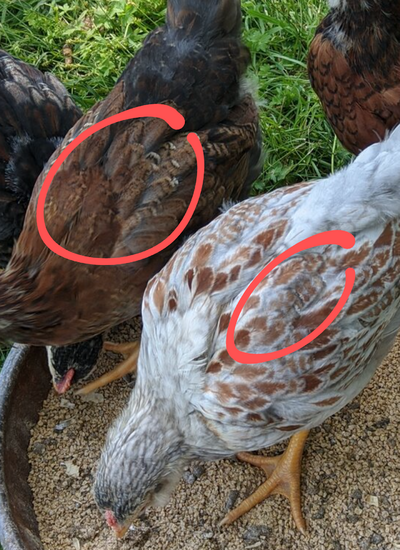- May 21, 2017
- 15,145
- 36,857
- 1,072
The second hen could be barred, but I’m not sure. The third hen does look barred to me. I don’t believe the chicks have any barring.Thank you!
Here are my current flock members and parents to my chicks. Crele x White EE's gave me really interesting babies. The black hen is not from that mix and is a mystery mutt I hatched the year before from my past flock.
View attachment 2648993View attachment 2648994View attachment 2648995View attachment 2649009View attachment 2649010
They have barred segments on their wings but I have no idea if that's actual barring or if it's just their juvenile feather patterns. I managed to get one almost solid black chick. Their toe tips are about the only things not black on them.
View attachment 2649014View attachment 2649015View attachment 2649017View attachment 2649020
If you want to test whether those two hens are barred, then the best way to do so is by crossing them to a solid black rooster. If they’re barred, any cockerel chicks from that cross would be black barred. Barring is pretty obvious on black, so there wouldn’t be any confusion.





